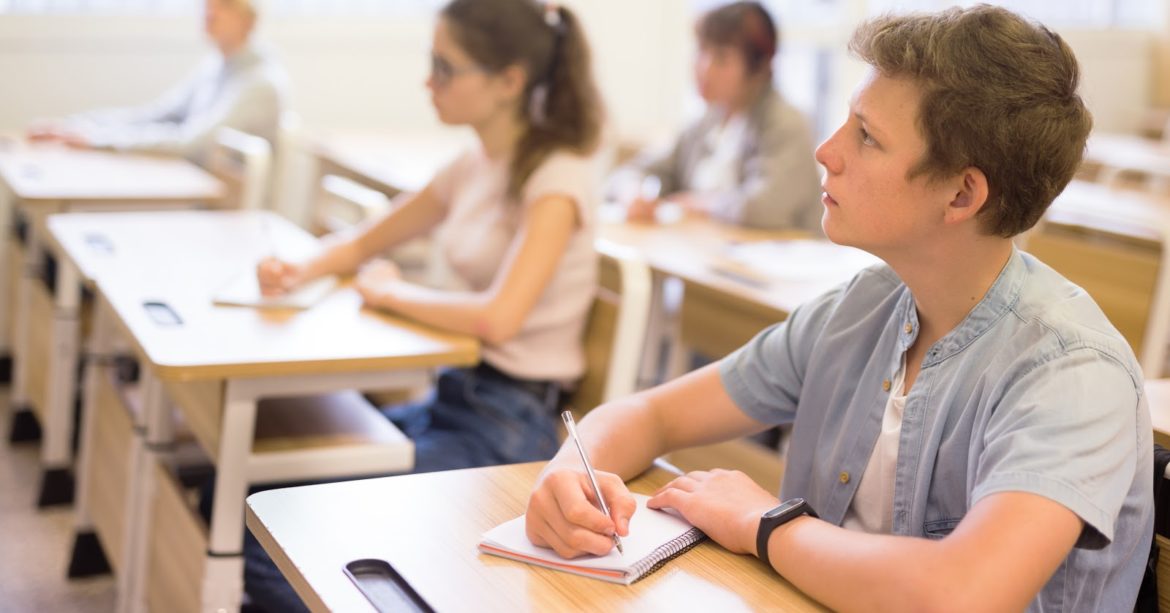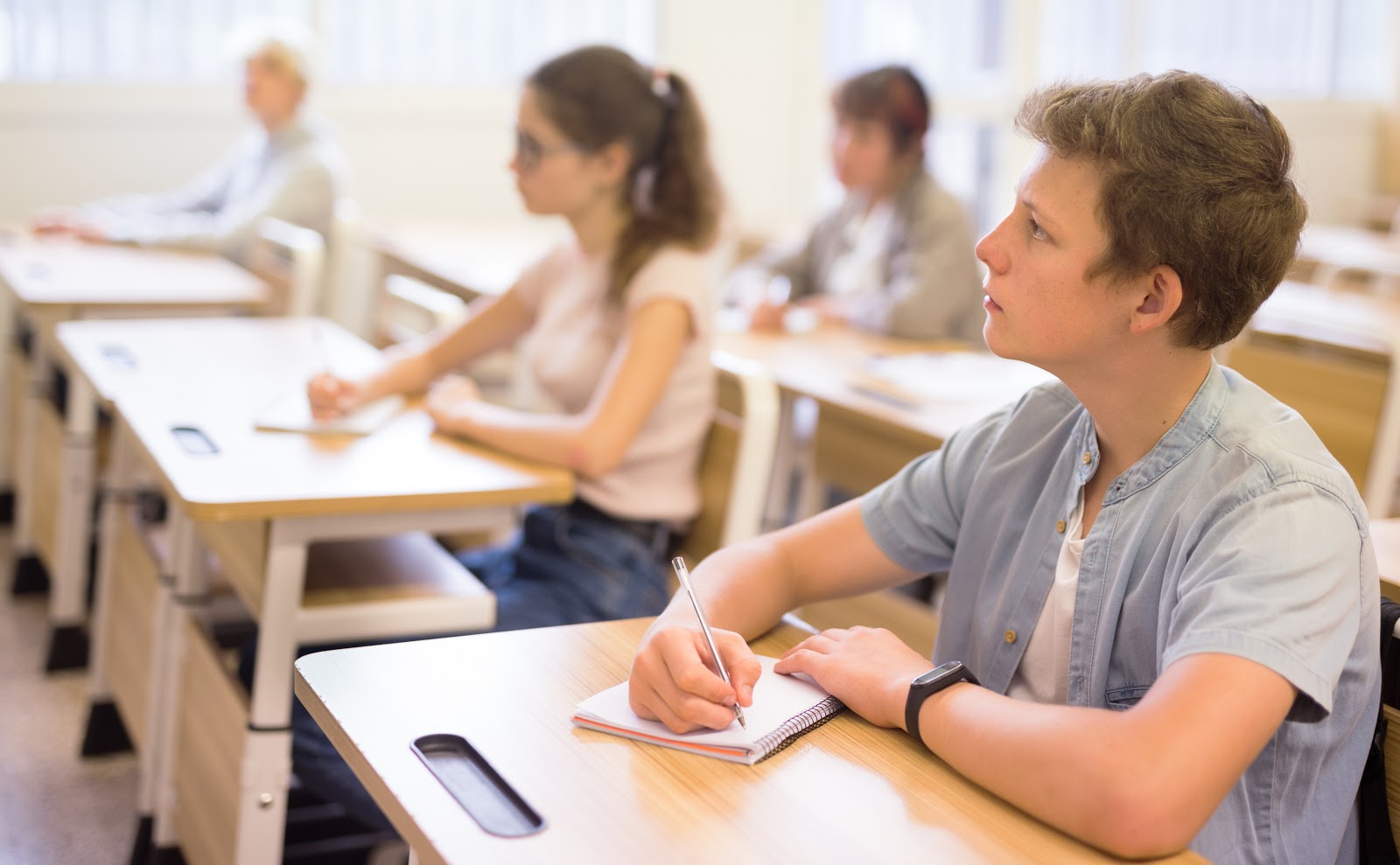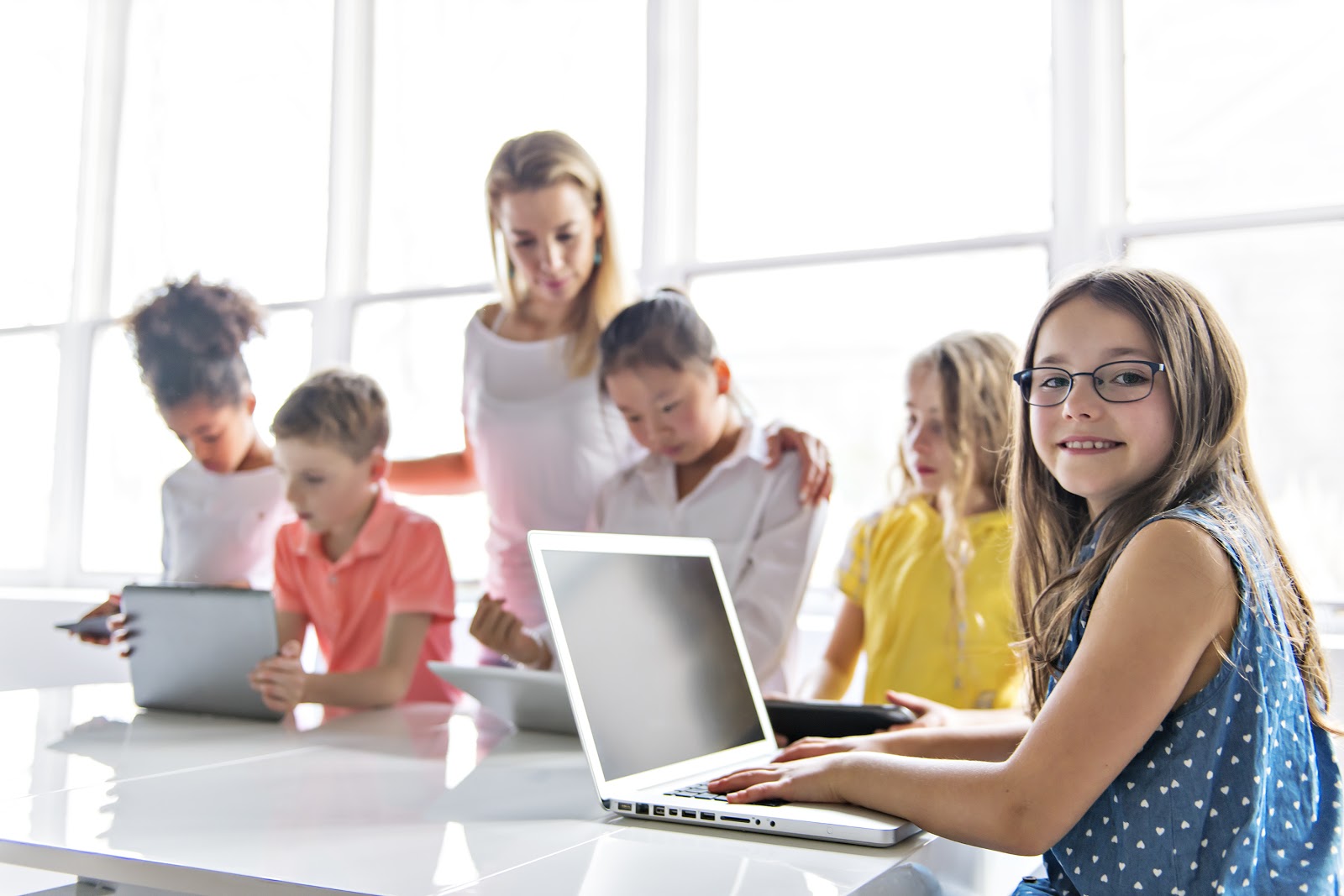What Will Schools Look Like in the Future?
Schools have not changed very much for more than 70 years. Technology has certainly taken its place in the classroom but the basic set up remains. A teacher stands at the front of a group of children.
Key points
- Virtual learning was very important during 2020 and particularly in Melbourne when students at various grade levels at different times were unable to attend classes
- Augmented Reality and Robots are becoming increasingly common
- Schools of the future are likely to concentrate more on providing skills than on memorizing information
Need a Quote?
The Entegra Signature COLA features Ridgeback Technology
for greater comfort and safety
RECOMMENDED ARTICLE
School Architecture of the Future – Entegra Signature Structures
However, this is now starting to change, especially since the restrictions of the pandemic have taken effect. It’s difficult to predict exactly what schools will look like in the future. That being said, we can look at the changes that are happening and see what the future could be.
The physical environment of schools in the future
Traditional schools are somewhat static in nature as is the classroom environment. However, changes are already starting to take place.
The virtual classroom
Virtual learning has taken on a much higher level of importance over recent months with many students learning from home. However, virtual learning is not a new phenomenon. Establishments like the Virtual School Victoria already make good use of virtual learning environments.
The school provides a virtual learning environment for students who cannot access mainstream schooling. Teachers provide online learning in more than 270 subjects, using virtual classes, chat rooms and Skype sessions.
Teachers also teach virtually in the School of the Air in Alice Springs. Students live too far away from traditional schools to attend, so they learn online and via the postal system.
Given that virtual classrooms already exist, it seems likely that they will become more popular in the future. That being said, there are challenges to overcome. The current pandemic has shown us that children can suffer from not having physical interaction with teachers and classmates.
The Virtual School Victoria overcomes this problem by allowing students to visit teachers in person, work in the library and join the student council. If this mix of virtual and physical interaction can be implemented everywhere then virtual classrooms could be the norm in schools of the future.
Schools that can be moved around as necessary
The first MODUPOD school was set up in 2014. Duffy Primary School in Canberra consisted of pods and hubs. These different pieces could be added and removed as necessary.
Although this type of system is yet to be widely adopted, it does have merits. It provides the opportunity to create open plan schools quickly and easily. The entire construction takes just a few weeks. It will be interesting to see if this represents the future for the construction of new schools.
Virtual assimilation in the classroom
Augmented Reality has become big news in recent years, and it’s set to play a bigger role in the schools of the future. For example, students could be immersed in historic scenes like those of the Australian Gold Rush era.
These AR environments could also be overlaid with digital information. This means that students would be able to learn facts about the environment while they are immersed in it.
New approaches to learning
It’s not just the physical environment of schools that will change in the future. There will be a different approach to learning overall.
Robots instead of teachers
People have suggested that robots could replace teachers in schools of the future. However, it’s more likely that robots will be used to support teachers in their work.
For instance, intelligent machines could be used to make learning experiences more individual. This could help to improve learning for students as it will help them to learn in the best way for them.
Less red tape and more teaching
According to a report by The Varkey Foundation, 90% of educators in Australia in 2018 thought that administrative tasks were hindering their teaching.
For this reason, education experts want to reduce the amount of admin work for teachers. It remains to be seen whether this happens. However, teachers will likely use technology more to help with admin tasks. This should release more time to spend on teaching.
Technology instead of traditional school books
Another way in which technology could revolutionise the classrooms of the future is the replacement of textbooks with digital alternatives. There are pros and cons to this change.
For instance, providing tablets to students is more expensive than providing textbooks. However, tablets can hold more content than textbooks. Another important consideration is that tablets give access to a wider learning experience. Although, they do also provide potential distractions for students.
Whatever the pros and cons, it seems likely that digital devices will replace textbooks, at least to some extent.
A change to what students learn
There will also be changes to what students learn in schools of the future.
Better preparation for life
There is already a push by many education experts to better prepare students for life after education. For example, students are ill-prepared for the competition of life and daily concerns like dealing with finances.
This means that schools of the future are likely to concentrate more on providing skills than on memorizing information. It’s a change that is necessary to ensure that young people can be productive after leaving education.
Increased focus on STEM subjects
There is currently a lack of students studying STEM subjects in higher education. This is important because knowledge of science, technology, engineering and mathematics is becoming more important across all industries.
With this in mind, the Australian Government is concentrating its efforts on promoting and supporting the teaching of STEM subjects. This will continue to be a feature of schools in the future as we live in an ever more technological world.
Everything discussed in this article could be a feature of schools in years to come. However, only time will tell how much all of these possibilities will determine what schools will look like in the future.
RELATED ARTICLES
School Architecture of the Future – Entegra Signature Structures
The Most Innovative Factories Making Their Mark on the World – Entegra Signature Structures
How Robotics and Automation will Change Australian Businesses – Entegra Signature Structures
https://www.theeducatoronline.com/k12/news/what-is-the-future-of-the-australian-classroom/266456
https://www.typekids.com/blog/the-school-of-the-future/
https://www.ey.com/en_au/government-public-sector/future-of-schools



